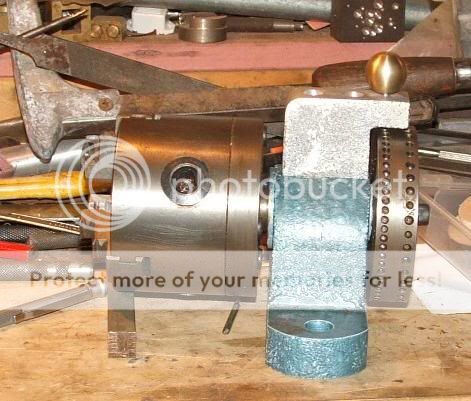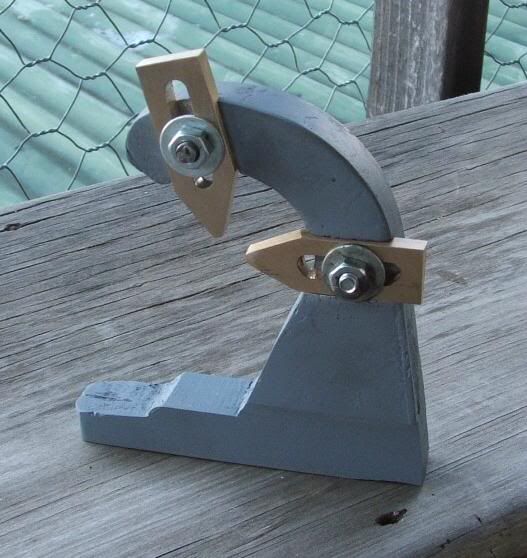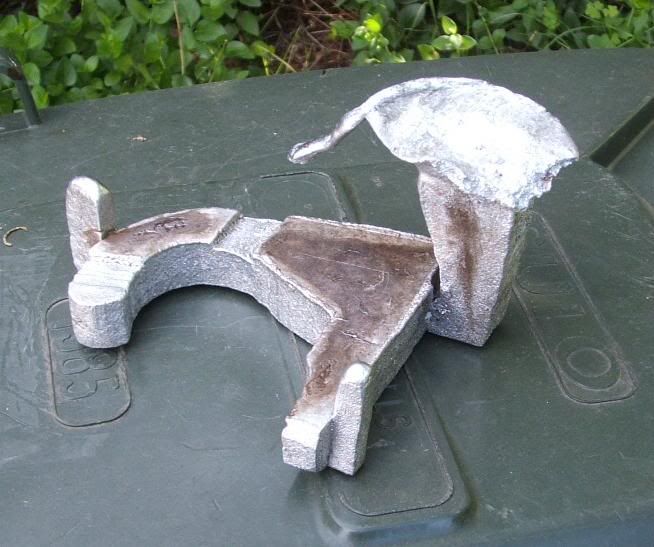tel
Well-Known Member
- Joined
- Feb 8, 2008
- Messages
- 3,293
- Reaction score
- 44
Somebody has to be first in here, so it might as well be me. Here are a couple of workshop projects using the lost foam method.
The body and detent bracket for this spin indexer (for the Douglas shaper)

Travelling steady for the Myford

How it came outta the sand

The body and detent bracket for this spin indexer (for the Douglas shaper)

Travelling steady for the Myford

How it came outta the sand





